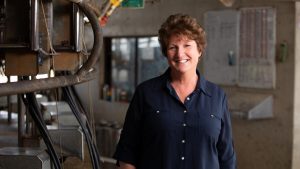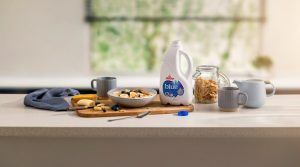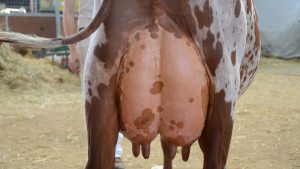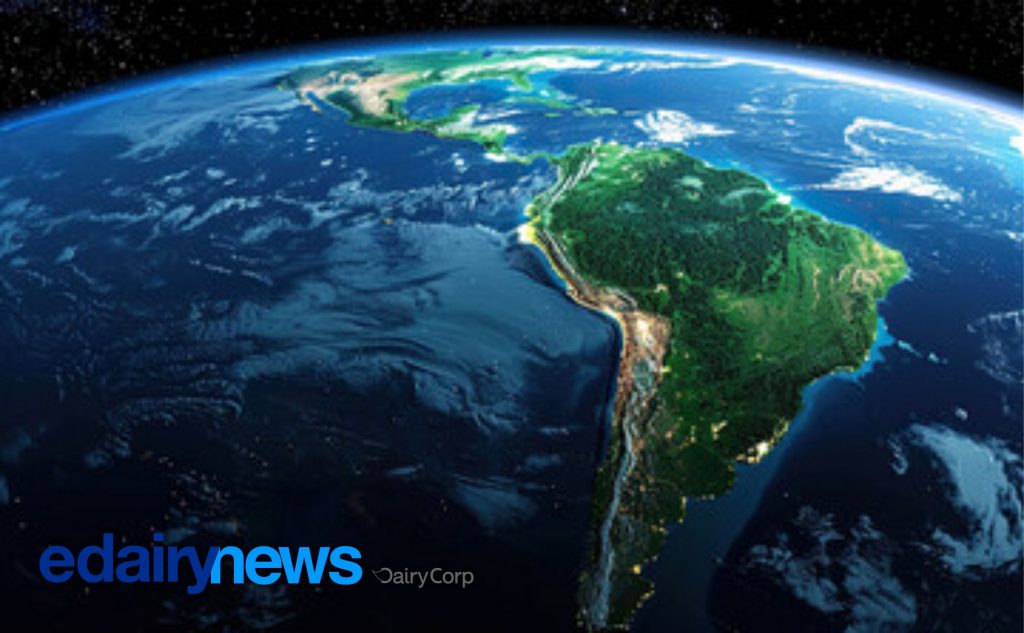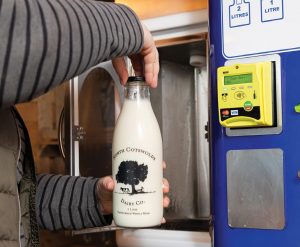
New Research is Underway to Help Australian Dairy Farmers Produce Milk with a Lower Water Content, Boosting Profitability and Environmental Sustainability.
A new research project by the Dairy UP team is exploring ways to reduce the water content of cows’ milk while increasing the concentration of valuable milk solids like fat and protein. The project, led by researcher Juan Gargiulo, is a key initiative to help the Australian dairy industry improve its environmental footprint and reduce processing and transport costs. By focusing on milk composition rather than simply volume, this research could revolutionize milk production.
The core of the research is the discovery that milk’s water content is largely determined by lactose production. The team is investigating the theory that cows that produce less lactose would naturally produce milk with a lower water content and a higher concentration of solids. This is significant because milk is approximately 87% water, meaning that even a small reduction in this percentage could have a major impact on the industry’s efficiency and carbon footprint.
The project builds on previous work in California and is a collaborative effort between Australian and American researchers. The Australian team is analyzing millions of records from monitor farms and herd test results to understand how factors such as genetics, environmental conditions, and lactation stage influence lactose secretion. Their initial findings reveal significant variations across breeds, with Holsteins having the highest lactose yields and Jerseys having the lowest, highlighting the potential for selective breeding.
The research also found that hot, humid weather negatively impacts milk yield and solids, but does not affect lactose percentage, suggesting that the problem isn’t simply a matter of less food or hydration. This data highlights the potential to develop new nutritional and management strategies that could help farmers optimize for high-solids milk, leading to improved profitability and a more efficient use of resources like water and feed.
This innovative research holds broad implications for the international dairy community. The ability to influence lactose production could improve the cow’s energy balance, reproduction, milk quality, and overall animal welfare. It’s a prime example of how data journalism and scientific inquiry are pushing the boundaries of agribusiness, revealing new pathways for greater sustainability and economic resilience for dairy farmers worldwide.
Source: Dairy News Australia, “Less water, more milk solids”
You can now read the most important #news on #eDairyNews #Whatsapp channels!!!
🇺🇸 eDairy News INGLÊS: https://whatsapp.com/channel/0029VaKsjzGDTkJyIN6hcP1K




